September 24, 2020 / 2:00 pm to 3:30 pm (GMT/UTC)
September 25, 2020 / 6:00 am to 7:30 am (GMT/UTC)
This IEA SHC Solar Academy webinar will provide a brief introduction to SHC Task 61 / EBC Annex 77 on Integrated Solutions for Daylighting and Electric Lighting. Participants in this project are working to create and develop strategies combining daylighting and appropriate lighting control systems to lead to:
- very high energy-efficient lighting schemes, and
- solutions offering the best lighting conditions for building occupants
Registration
Pick your date below and click on the link(s).
September 24th @ 2:00 pm - 3:30 pm UTC / GMT
Live presentation and Q&A
September 25th @ 6:00 am UTC / GMT (4:00 pm - 5:30 pm AEST)
Recording of September 24th webinar PLUS live Q&A with presenters
In this webinar, you will hear from...
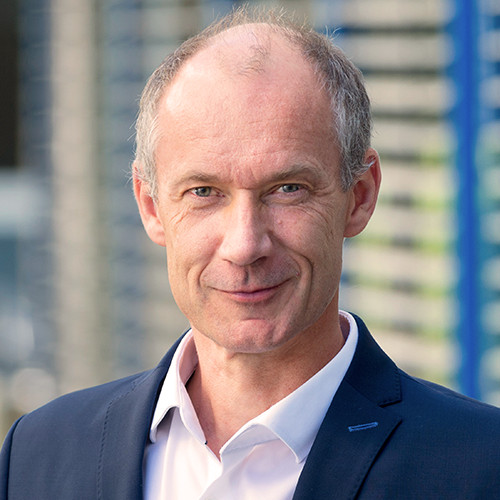 Jan de Boer
Jan de Boer
Topic: Motivation and introduction to Task 61
Jan de Boer is the group manager of Lighting Technology and Passive Solar Systems at the Fraunhofer Institute for Building Physics (IBP) in Stuttgart. Jan was the Operating Agent of SHC Task 50: Advanced Lighting Solutions for Retrofitting Buildings and since 2018 he's been the Operating Agent of SHC Task 61 / EBC Annex 77: Integrated Solutions for Daylighting and Electric Lighting.
 Barbara Szybinska Matusiak
Barbara Szybinska Matusiak
Topic: User requirements for lighting environments
Barbara Szybinkska Matusiak is the head of the Energy & Environment Group at the Norwegian University of Science and Technology and professor at the Department of Architecture and Technology. She is trained as an architect, she has six years of experience with an architectural firm and 15 years of experience as a teacher and scientist. She is the leader of Subtask A of SHC Task 61 / EBC Annex 77.
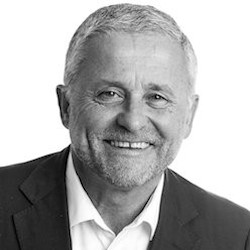 Marc Fontoynont
Marc Fontoynont
Topic: Technical Solutions for simplified maintenance, improved reliability, user-friendliness in design and application of systems
Marc Fontoynot is a professor at the Danish Building Research Institute (SBI), Aalborg University Copenhagen. He's also the convenor of CEN Standardization group TC 169-WG11 Daylight. Marc is also active in various innovative programs dealing with developing new lighting techniques, including reduction of energy use, higher human well-being, and developing techniques to facilitate decision-making by groups of stakeholders in the field of construction, design and city planning, with participants sharing VR environments on the internet.
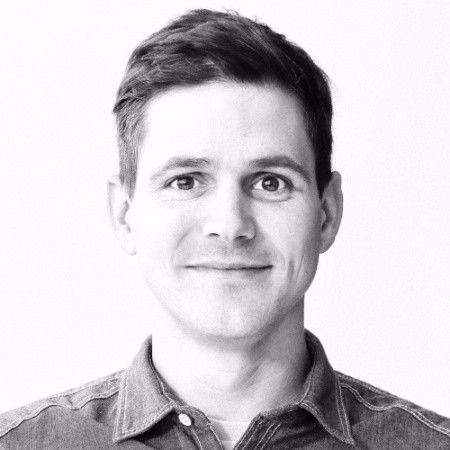 David Geisler Moroder
David Geisler Moroder
Topic: Design support for practitioners - simulation workflows and daylight system characterization
David Geisler-Moroder is a project manager and head of the competence field daylight in the R&D department of Bartenbach. His main work and research areas include the development of simulation methods, the interface between daylighting and building physics, daylighting systems, and lighting technology principles.
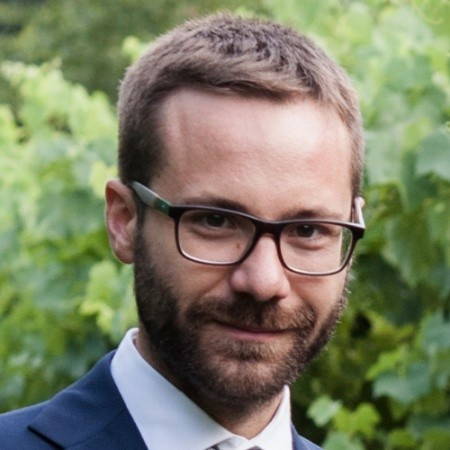 Niko Gentile
Niko Gentile
Topic: Instruments and methods for assessing integrative/circadian lighting systems in health environments and offices
Niko Gentile is an assistant professor at the Institute of Architecture and the Built Environment at Sweden's Lund University. Over the last eight years, Niko has been working in the field of lighting and daylighting, mixing technical and observed-based evaluations. His research focuses on the role of the user in driving energy saving, and the role of lighting controls. Niko participated in SHC Task 50 and he is currently leading Subtask D of SHC Task 61 / EBC Annex 77 together with Prof. Werner Osterhaus.
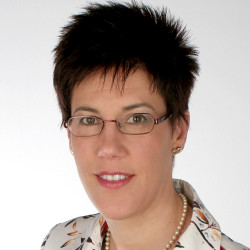 Moderator: Bärbel Epp
Moderator: Bärbel Epp
Bärbel Epp is the founder and managing director of the German consultancy solrico – solar market research & international communication. She is responsible for the international newsletter on the web portal www.solarthermalworld.org, reporting exclusively about market and technology trends in the solar heating and cooling sector.